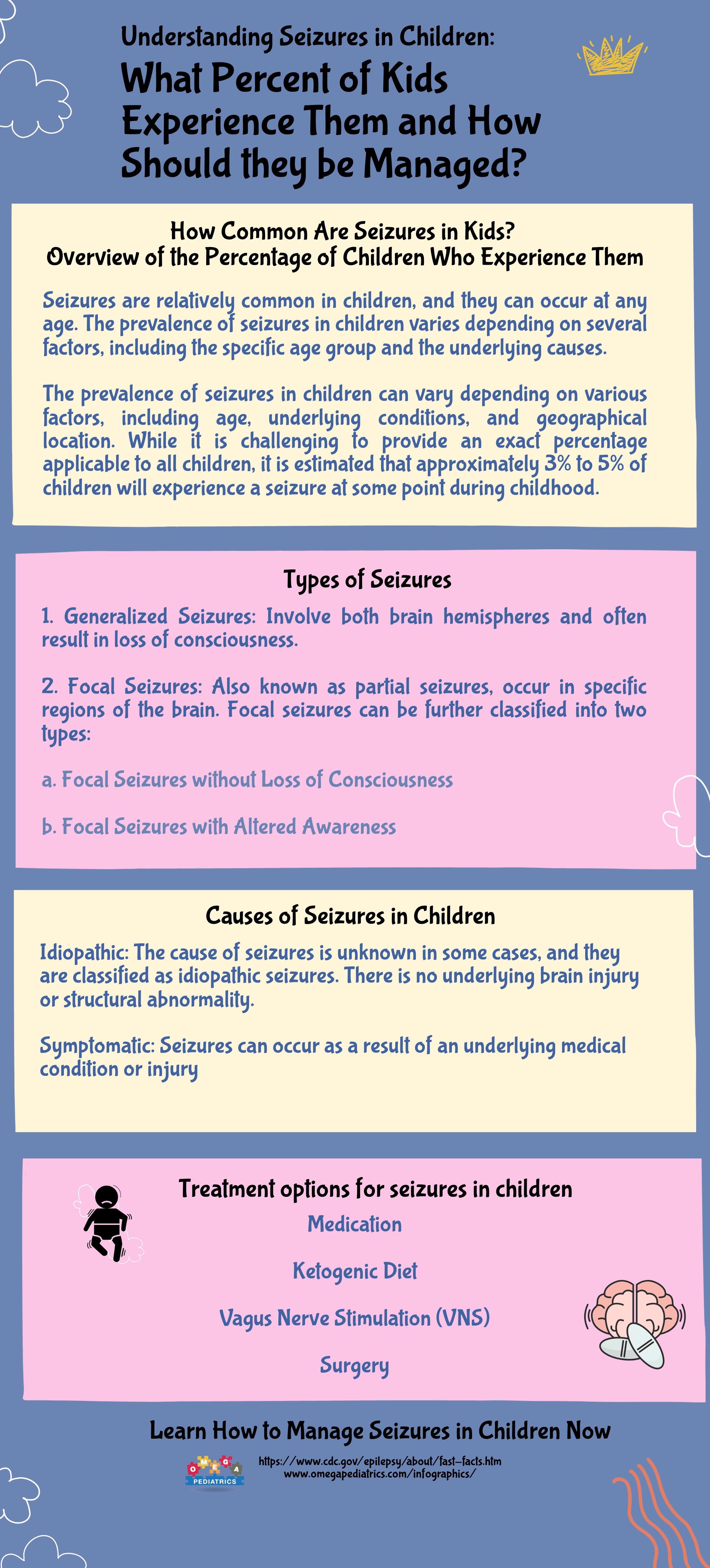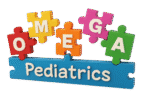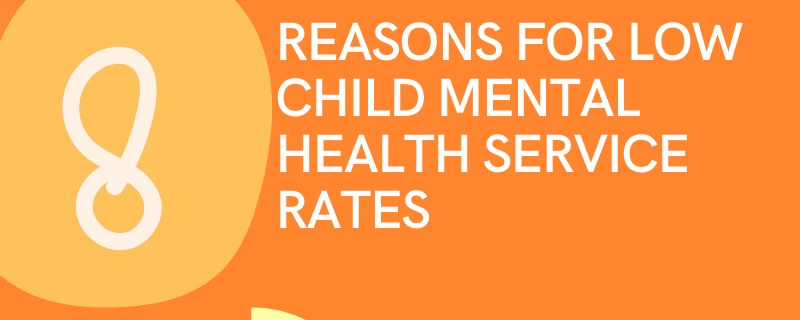
Seizures are a relatively common neurological disorder that can affect people of all ages, including children. A seizure occurs due to abnormal electrical activity in the brain, which leads to temporary disruptions in normal brain function. In children, seizures can have various causes and may occur for different reasons.
Types of Seizures:
- Generalized Seizures: These seizures involve both hemispheres of the brain and typically cause loss of consciousness. Some common types of generalized seizures include tonic-clonic seizures (formerly known as grand mal seizures), absence seizures (formerly known as petit mal seizures), and atonic seizures (also called drop attacks).
- Focal Seizures: Focal seizures, also known as partial seizures, occur in specific regions of the brain. The symptoms depend on the part of the brain affected. Focal seizures can be further classified into two types:
- Focal Seizures without Loss of Consciousness: In these seizures, the child remains aware and conscious but experiences abnormal movements, sensations, or emotions.
- Focal Seizures with Altered Awareness: These seizures lead to a change in consciousness or awareness. The child may exhibit unusual behaviors or have difficulty responding during the seizure.
Causes of Seizures in Children:
Idiopathic: The cause of seizures is unknown in some cases, and they are classified as idiopathic seizures. There is no underlying brain injury or structural abnormality.
Symptomatic: Seizures can occur as a result of an underlying medical condition or injury, such as:
- Genetic disorders like Dravet syndrome, Lennox-Gastaut syndrome, or tuberous sclerosis.
- Brain malformations or structural abnormalities present at birth.
- Brain infections like meningitis or encephalitis.
- Head injuries or trauma.
- Metabolic disorders affecting brain function.
- Brain tumors or strokes.
- Febrile seizures (seizures associated with a high fever).
Diagnosis and Treatment:
If a child experiences a seizure, it is crucial to consult a healthcare professional for a proper diagnosis and appropriate treatment. The evaluation may include a detailed medical history, physical examination, blood tests, imaging studies (such as an electroencephalogram or MRI), and sometimes a lumbar puncture to analyze cerebrospinal fluid.
Treatment options for seizures in children include:
Medication: Most seizures can be controlled with antiepileptic drugs (AEDs), which are prescribed based on the specific seizure type and the child’s age and overall health.
Ketogenic Diet: In some cases, a ketogenic diet that is high in fats and low in carbohydrates can be effective in managing seizures, especially in children with certain types of epilepsy that are resistant to medications.
Vagus Nerve Stimulation (VNS): VNS is a surgical procedure where a device is implanted in the chest to deliver electrical stimulation to the vagus nerve, which can help reduce the frequency and severity of seizures.
Surgery: In some cases, surgery may be recommended to remove the brain area responsible for the seizures if it can be safely done without causing significant functional deficits.
How Common Are Seizures in Kids? Overview of the Percentage of Children Who Experience Them
Seizures are relatively common in children, and they can occur at any age. The prevalence of seizures in children varies depending on several factors, including the specific age group and the underlying causes.
The prevalence of seizures in children can vary depending on various factors, including age, underlying conditions, and geographical location. While it is challenging to provide an exact percentage applicable to all children, it is estimated that approximately 3% to 5% of children will experience a seizure at some point during childhood.
Here is an overview of the approximate percentage of children who experience seizures:
- Febrile Seizures: Febrile seizures are seizures that occur in association with a high fever, often resulting from an infection. They are the most common type of seizures in children, typically occurring between the ages of 6 months and 5 years. It is estimated that around 2% to 5% of children will experience at least one febrile seizure.
- Epilepsy: Epilepsy is a chronic neurological disorder characterized by recurrent seizures. The prevalence of epilepsy in children is estimated to be around 0.5% to 1%. It is worth noting that not all children who have seizures have epilepsy.
- Neonatal Seizures: Neonatal seizures are seizures that occur in the first 28 days of life. The incidence of neonatal seizures is relatively low, affecting approximately 1 to 5 per 1,000 live births.
- Other Seizure Disorders: Certain specific seizure disorders are more prevalent in children. For example, benign rolandic epilepsy, which typically starts between the ages of 3 and 10, accounts for about 15% to 20% of childhood epilepsy cases.



